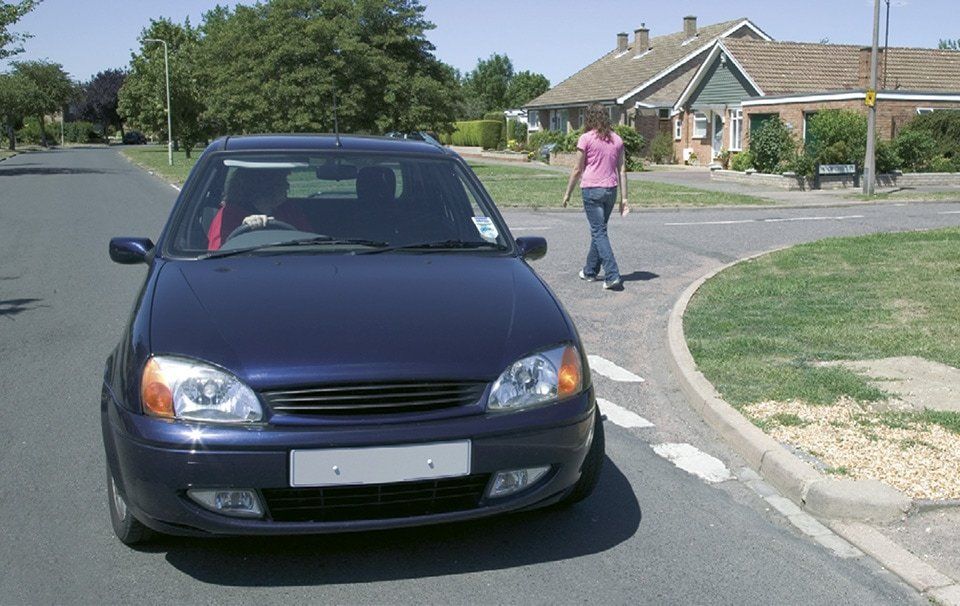Manoeuvres
The UK driving test currently requires the demonstration of one reversing manoeuvre. This could be parking, either at the side of the road (Parallel Park) or in a bay, the Bay Park could be either drive into a space and reverse out or reverse into a bay and drive out, or it could be pull up on the right manoeuvre.
Points to remember when carrying out any manoeuvre
The most important aspect of any manoeuvre is effective observation. Secondary in importance to observation is maintaining good control of your vehicle. The final aspect, which is of less importance than observation and control, is accuracy.
You should not use a turn signal when carrying out a manoeuvre. When in reverse gear, reverse lights will automatically illuminate at the back of the car. Any other action you take should be carried out with enough time and space that others can see clearly what you're doing without the need for any additional signals.
You should always move very slowly when carrying out a manoeuvre. Give priority to other road users. If someone is happy to wait for you, you should continue with the manoeuvre carefully, taking time for all necessary observations.
When steering, the car should always be in motion. Steering while the car is stationary is known as dry steering. Dry steering should be avoided as it causes unnecessary wear and tear on the tyres and the car's steering mechanism.
Always use the POM routine before moving off. You can never be 100% sure it is safe to move unless you have checked thoroughly all around. As things can change very quickly on the roads, there is no point in checking around you unless you're ready to move off instantly.
Always look behind you when reversing. It is not sufficient to rely on the mirrors alone; you must turn around and look back. Turning around will increase the amount you can see behind you, especially in the distance and to the sides.




